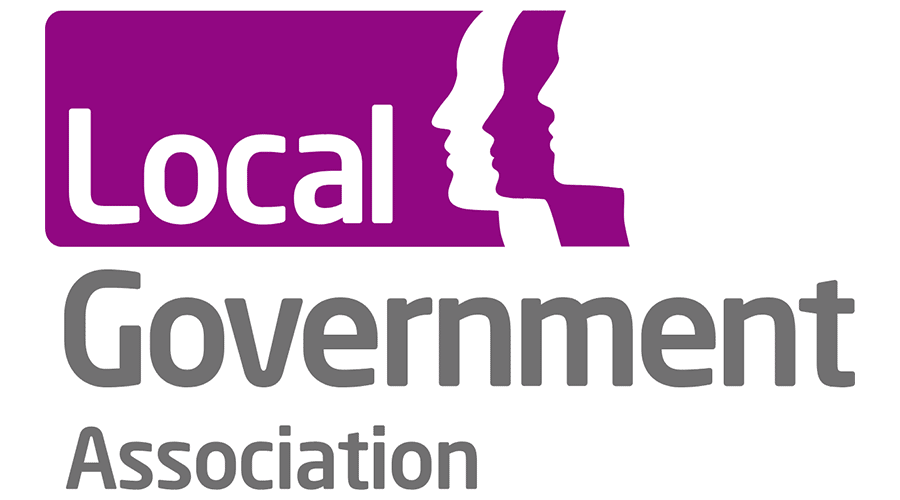
“Public Private Partnerships: Driving Growth, Building Resilience” A Newbridge practical guide to Local Government PPPs
February 3, 2022The Local Government Association commissioned Newbridge Advisors and PRD to produce a good practice guide on PPPs – Public Private Partnerships: Driving Growth, Building Resilience. The guide aims to support councils and their partners to plan and establish more effective public-private partnerships that can deliver the investment, development and services that are essential to boosting economic growth and recovery.
Through consultations with industry practitioners, we have explored how councils, investors and developers are shaping partnerships to respond to challenges such as housing, fuel poverty, decarbonisation and supporting successful places. The guide provides a market summary, case study examples and practical insights for delivery of successful PPPs through seven ‘steps’ across the project lifecycle:
Step 1: Define an overarching vision and long-term, market-facing outcomes
This should consider the perspectives of place and potential partners, giving clarity to define the project, offering surety for the partner that upfront investment will result in outcomes, but with flexibility to respond to change.
Step 2: Build the Brief to define ‘red lines’ and undertake due diligence
Translating the vision into a ‘brief’ is an important early activity to define and agree with stakeholders. This will pay dividends downstream by unearthing areas of divergence and key information gaps to be addressed.
Step 3: Review partnership options for achieving the desired outcomes
PPPs come in multiple forms – contractual, corporate, investment and collaborative. Form must follow function, and time committed to review the optimal structure that delivers the desired outcomes and to test the market.
Step 4: Identify and choose the right route to market
Selecting the right procurement or appointment route is key for all parties and best value must be demonstrated regardless of route. Explore frameworks for suitability and consider (with legal advice) whether procurement is needed at all e.g. for land and investment transactions.
Step 5: Effective preparation and making a strong start
Plan well to start well. Look to establish the first business plan and ‘early wins’ to build confidence in the partnership. Ensure the council has appropriately skilled people with time to invest in the partnership and provide the ‘intelligent client function’.
Step 6: Manage the partnership in its ‘steady state’
Uncertainty after the first flurry pf projects may bring inertia and this period needs a distinct route map for delivery, including a business planning cycle, stakeholder engagement, KPI monitoring and regular lessons learned.
Start 7: Finish well and moving on successfully
The end will appear very distant at the outset but will arrive and needs planning for. The parties need to: communicate any preferred future involvement; make clear provisions for winding down the partnership; review the contract for issues or challenges; assess the need for TUPE (Transfer of Undertakings Protection of Employment); and to develop a continuity and communications plan to mitigate disruptions to services.
The LGA Guide – “Public Private Partnerships: Driving Growth, Building Resilience” was published in January 2022 on the Local Government Association website: https://www.local.gov.uk/publications/public-private-partnerships-driving-growth-building-resilience
To find out more please contact:
Delia Beddis at delia.beddis@newbridge.co.uk and Amber Fisher-Clark at amber.fisher-clark@newbridge.co.uk



